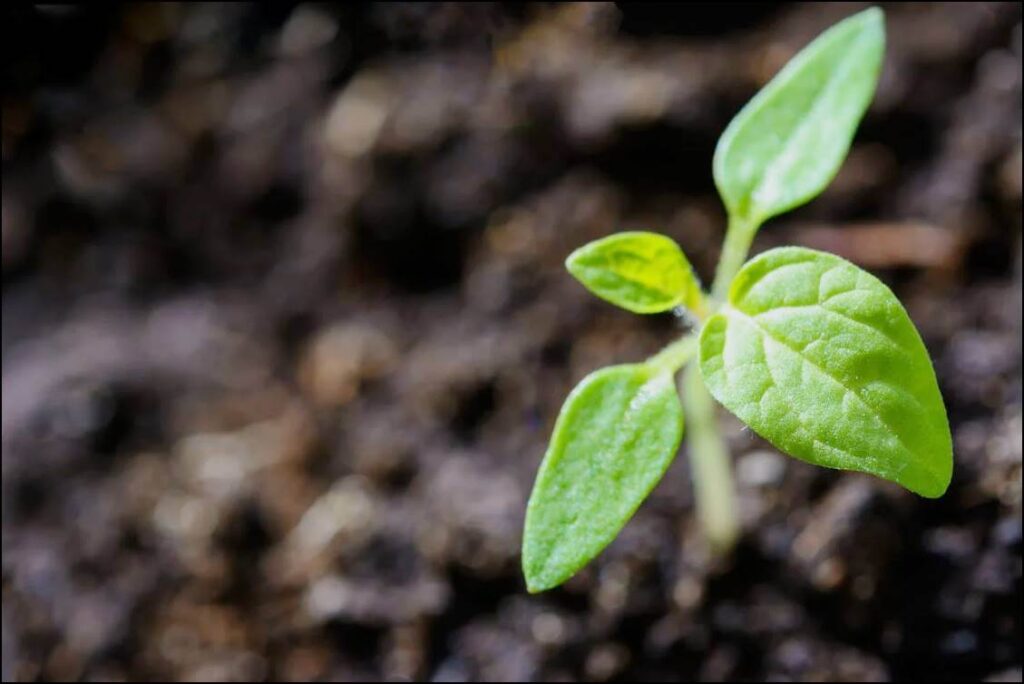As an avid gardener with years of experience nurturing everything from delicate orchids to robust tomato plants, I’ve learned that the secret to a flourishing garden lies in understanding and properly using fertilizers. Whether you’re a novice tending to your first houseplant or a seasoned horticulturist managing a sprawling outdoor paradise, mastering the art of fertilization can transform your gardening results.
In this comprehensive guide, I’ll share my knowledge and personal insights to help you navigate the complex world of plant nutrition.
Understanding the Basics of Fertilizer
Fertilizers are the lifeblood of plant nutrition, providing essential elements that may be lacking in your soil. The three primary macronutrients found in most fertilizers are:
- Nitrogen (N)
- Phosphorus (P)
- Potassium (K)
These nutrients are represented by the N-P-K ratio on fertilizer packaging. For example, a 10-5-5 fertilizer contains 10% nitrogen, 5% phosphorus, and 5% potassium by weight.
The Role of Macronutrients in Plant Growth
Each macronutrient plays a specific role in plant development:
- Nitrogen (N): Promotes leafy growth and chlorophyll production
- Phosphorus (P): Encourages root and flower development
- Potassium (K): Enhances overall plant health and stress resistance
Understanding these roles has helped me tailor my fertilizer choices to my plants’ specific needs throughout the growing season.
Beyond NPK: Secondary Nutrients and Micronutrients
While NPK gets the most attention, other nutrients are crucial for plant health:
Secondary Nutrients
- Calcium (Ca): Essential for cell wall structure and new growth
- Magnesium (Mg): A key component of chlorophyll
- Sulfur (S): Important for protein synthesis
Micronutrients
- Iron (Fe): Vital for chlorophyll production
- Manganese (Mn): Aids in photosynthesis
- Zinc (Zn): Supports enzyme function
- Boron (B): Crucial for flower and fruit development
- Copper (Cu): Important for respiration and photosynthesis
- Molybdenum (Mo): Helps in nitrogen processing
I’ve found that using organic fertilizers or adding compost often provides a good balance of these secondary and micronutrients.
Choosing the Right Fertilizer for Your Plants
Selecting the appropriate fertilizer depends on various factors, including plant type, growth stage, and soil conditions. Here are some guidelines I’ve found helpful:
For Seedlings and Young Plants
When starting seeds indoors, I’ve had great success using a balanced, diluted liquid fertilizer. This provides overall nutrition without overwhelming delicate seedlings. I typically use a 1/4 strength solution of a balanced 10-10-10 fertilizer.
For Leafy Vegetables
Once my lettuce and kale seedlings have developed their true leaves, I switch to a nitrogen-rich fertilizer to promote lush, green growth. A 20-5-5 or similar high-nitrogen formula works well.
For Flowering Plants
As my tomatoes and zinnias approach their flowering stage, I transition to a phosphorus-heavy fertilizer to encourage abundant blooms and fruit production. A 5-10-5 or 3-12-6 formula is ideal for this stage.
For Stressed Plants
During periods of heat stress or after transplanting, I apply a potassium-rich fertilizer to help my plants cope with environmental challenges. A 5-5-10 or similar high-potassium formula can work wonders.
Liquid vs. Dry Fertilizers: Which to Choose?
Both liquid and dry fertilizers have their place in a well-rounded garden care routine:
- Liquid Fertilizers: Fast-acting and ideal for quick nutrient boosts
- Dry Fertilizers: Slow-release and great for long-term soil enrichment
I typically use a combination of both, applying dry fertilizer at the beginning of the season and supplementing with liquid fertilizer as needed.
My Personal Fertilizer Strategy
In my own garden, I start the season by incorporating a slow-release granular fertilizer into the soil before planting. Then, throughout the growing season, I use liquid fertilizers for targeted feeding:
- Early Spring: Apply balanced, slow-release granular fertilizer (10-10-10)
- Growing Season: Use liquid fertilizers tailored to each plant’s needs
- Late Season: Switch to a low-nitrogen, high-potassium fertilizer to prepare plants for winter
Organic vs. Synthetic Fertilizers
While both organic and synthetic fertilizers can be effective, I’ve found that organic options offer additional benefits:
- Improved soil structure
- Enhanced microbial activity
- Reduced risk of nutrient runoff
However, synthetic fertilizers can be useful for addressing severe nutrient deficiencies quickly.
Popular Organic Fertilizer Options
- Compost: My go-to for overall soil health
- Fish Emulsion: Great for nitrogen-loving plants
- Bone Meal: Excellent phosphorus source for flowering plants
- Kelp Meal: Rich in potassium and micronutrients
Fertilizer Application Tips
Based on my experience, here are some key tips for effective fertilizer application:
- Always follow package instructions to avoid over-fertilization.
- Water plants thoroughly before applying fertilizer to prevent root burn.
- Apply fertilizer around the plant’s drip line, not directly on the stem or trunk.
- Use organic fertilizers for a more sustainable and environmentally friendly approach.
- Consider foliar feeding for quick nutrient uptake, especially for micronutrients.
Choosing Fertilizers for Specific Plant Needs
Here’s a quick guide to selecting fertilizers for common plant issues:
- For plants not blooming or losing flower buds: Use Disbper Cab Fertilizer
-
- Mix 2g in 1 liter of water and apply every 2-3 weeks
- To enhance flowering quality: Apply DAP Fertilizer
- Mix 2g in 1 liter of water and apply monthly
- To improve leaf quality and texture: Use Urea Fertilizer
- For indoor plants like office plants: Mix 10g in 1 liter of water, apply annually
- For outdoor plants: Mix 10g in 1 liter of water, apply every 2 months
- For stagnant growth due to nutrient depletion: Apply Organic Soil Conditioner
- For indoor plants: Mix 1g in 1 liter of water, apply every 2 months
- For outdoor plants: Mix 2g in 1 liter of water, apply monthly
- For overall plant health improvement: Use Liquid Fert
- Mix 50ml in 1 liter of water and apply every 15 days for both indoor and outdoor plants
The Importance of Soil Testing
Before applying any fertilizer, I always recommend conducting a soil test. This helps identify specific nutrient deficiencies and prevents over-fertilization, which can harm plants and the environment. Most local Cooperative Extension offices offer affordable soil testing services.
Interpreting Soil Test Results
Soil tests typically provide information on:
- pH levels
- Nutrient content (NPK and micronutrients)
- Organic matter content
- Soil texture
Based on these results, you can adjust your fertilization strategy to address specific deficiencies or imbalances.

